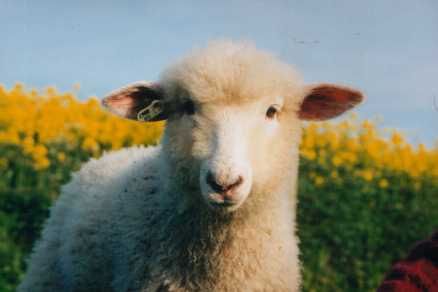
…. and what a cheery place it is today. I was up there recently to visit a factory that weaves cloth and manufactures tailored garments from scratch…a tailor’s tailor and weaver if you will. It was great to see a UK factory of looms weaving away (both the warp and weft yarns you know!!!) producing fine quality British cloth for suit makers such as J & E. The purpose of my visit was
British Textile Industry
The Industrial Revolution in Britain was spurred on by our very own textile industry, firstly with cotton in Lancashire, but really accelerating with the adoption of those techniques into the woollen industry over in Yorkshire. The invention of the steam engine, power loom and sewing machine within a short period was behind the phenomenal growth of the woollen industry, and Huddersfield was at the centre of all that.

So where would the suiting world be without this guy? Not as sharply dressed for sure. Wool’s natural ability to drape, hold colour, recover, insulate and cool down makes it the best raw material for general tailored clothing…all attributes evolved over centuries of sitting on the side of a hill!!!!!
MERINO – Australia and New Zealand export more Merino wool than any other country, although the Merino sheep originated in Spain. Suffice it to say medieval politics accounts for the introduction of Merino sheep to Australia and New Zealand, where they adapted easily to maintain the soft nature of this particular wool. When processed, Merino wool makes the finest of suiting cloth. The British cloth we currently use at J & E is imported from down under, and woven in Huddersfield.
TWEED – this quintessentially British cloth originates in the highlands of Scotland where the sturdiest of sheep produce this wool, and when processed makes a robust cloth that can withstand rugged country pursuits. Also, when further processed, it can make a sturdy winter suit or jacket for city types. (The term Tweed was an
Wool

Worsted – most typical suiting cloth is a worsted, the name originating from the Norfolk village of Worstead where cloth was spun as early as the 12th Century. The typical worsted yarn here is combed parallel into a smooth cloth, and is given an ‘s’ number depending on how finely it is woven – the higher that number, the finer the cloth, the more luxurious it feels (but more delicate). So a Super 180s has a more luxurious feel than a Super 120s. For everyday work suits, a Super 100s-130s is more appropriate than the Super 160s and above for occasion suits (unless you’re able to rotate your work suits once every two weeks!!). A Super 200s feels like cashmere. (The Super designation means it’s pure new wool).

Flannel – an ever popular option for cooler months is wool flannel, a more “hairy”, woollen yarn, not so tightly combed. It feels great, and breaks the chill, as well as looking rich.
Process – (click here for a scientific description)

1. RAW FLEECE >
2. SCOURING (removal of natural grease, dirt, perspiration other extraneous material >
3. WORSTED or WOOLLEN process for yarn >
4. CARDING (combing of yarn) >
5. SPIN & TWIST into cloth >
6. GARMENT cut and sewn – wedding suits, business suits, dinner suits, tweed jackets, sports jackets, blazers, trousers, knitwear, underwear, socks, carpet……you get the drift!!!
This overview is for the REAL guy, of my REAL..MODERN..STYLE ethos, who has just a little interest as to how his suit evolves from our woolly friend at the top of this post.
